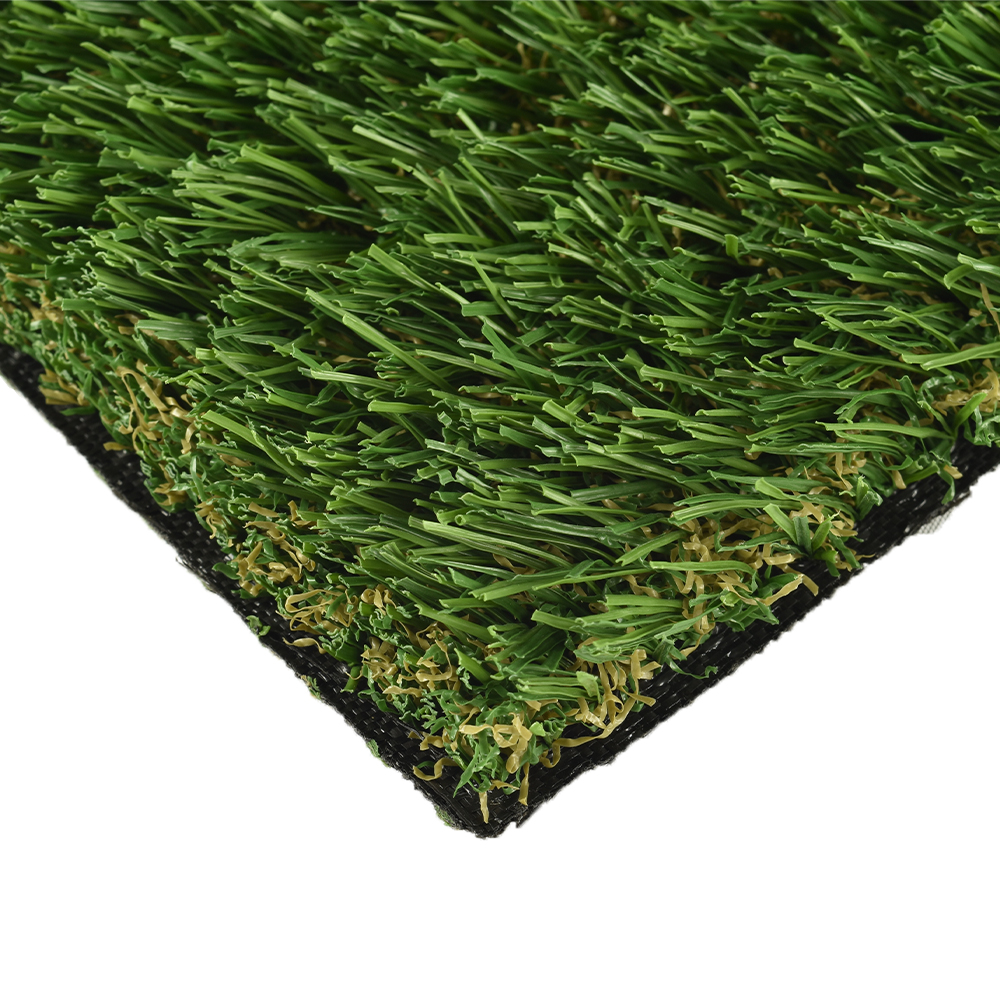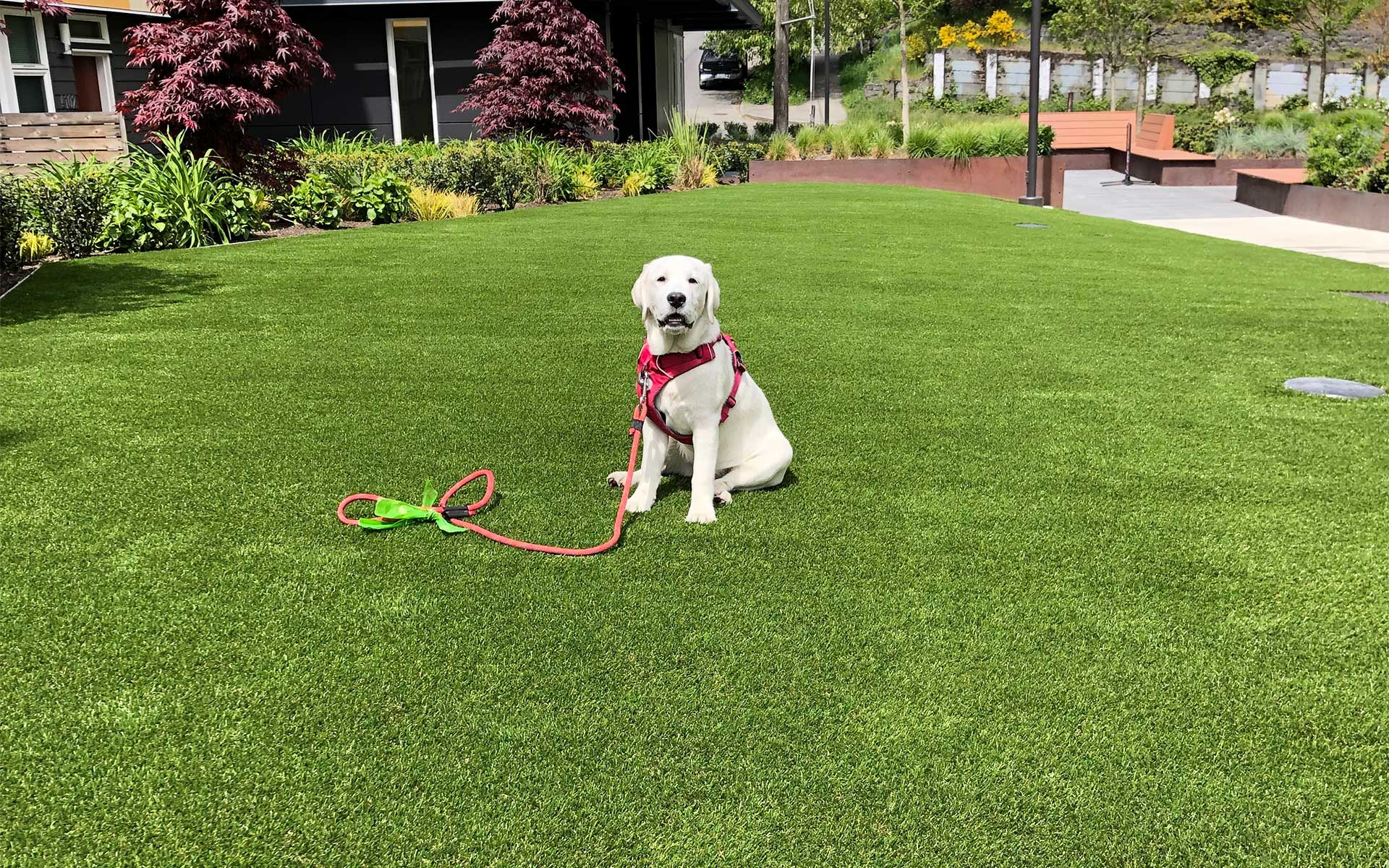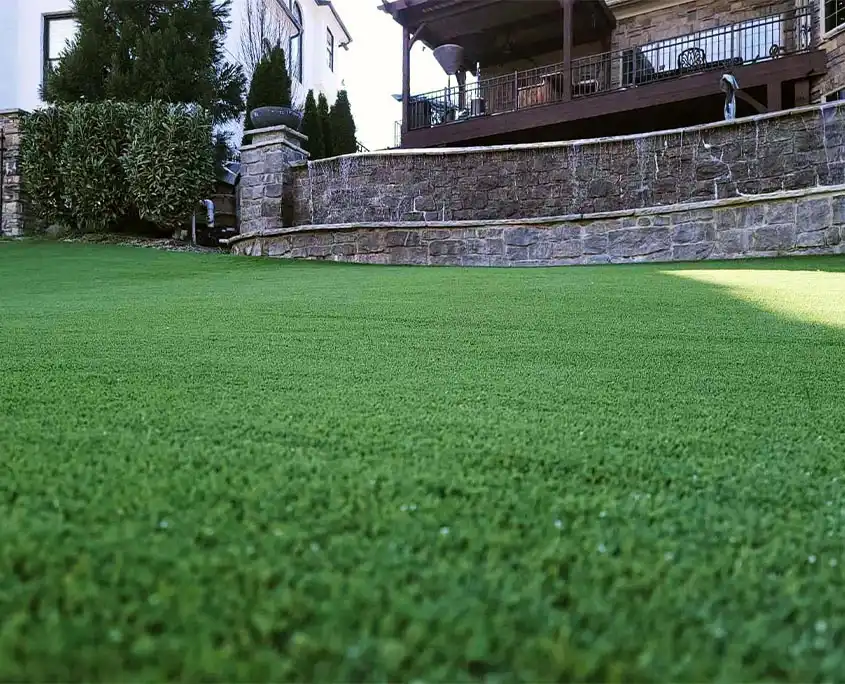Look Into the Environmental Advantages of Opting for Artificial Grass Solutions
The fostering of man-made turf options presents an engaging possibility to resolve pressing environmental difficulties. By substantially lowering water usage and decreasing the application of hazardous chemicals, these choices not just advertise lasting landscaping but also safeguard local ecological communities.
Water Preservation Benefits
One of the most significant benefits of synthetic grass is its capability to conserve water. In comparison, synthetic turf does not need watering, significantly lowering the general demand for water resources.
By eliminating the requirement for normal watering, fabricated turf adds to lasting landscape methods and assists alleviate the ecological effect of excessive water intake. The conservation of water prolongs to the decrease of overflow, which can lead to dirt erosion and waterway contamination.
Additionally, the installment of synthetic grass allows homeowners and communities to allot water resources a lot more efficiently, concentrating on crucial uses such as drinking water and farming. The change towards synthetic grass not only advertises accountable water usage however also lines up with more comprehensive environmental goals focused on protecting natural resources.
As neighborhoods significantly prioritize sustainability, the water conservation advantages of artificial turf present a compelling situation for its adoption in property and industrial landscaping projects.
Reduced Chemical Usage
The transition to man-made grass dramatically decreases the reliance on chemical therapies frequently made use of in all-natural grass maintenance. Typical turf administration commonly includes the application of fertilizers, pesticides, and herbicides to advertise development and control bugs. These chemicals can position dangers to human health and wellness, regional wildlife, and the setting, adding to dirt and water contamination.
On the other hand, synthetic grass gets rid of the demand for these harmful compounds. Once mounted, it calls for marginal upkeep, primarily being composed of normal cleansing and occasional infill replenishment. This reduction in chemical use not only benefits the prompt atmosphere but additionally contributes to broader environmental security. By lessening the release of synthetic substances into the ecosystem, synthetic grass promotes much healthier soil and water supply.
In addition, the lack of chemical runoff related to synthetic grass installments assists protect regional rivers from pollution, sustaining water life and keeping biodiversity. Phoenix turf companies. As areas progressively focus on sustainable practices, selecting synthetic lawn offers a practical solution that lines up with ecological preservation objectives. Through this change, building proprietors can appreciate lush eco-friendly rooms without endangering ecological health, leading the way for a much more sustainable future
Reduced Carbon Impact

Furthermore, the installment of synthetic grass can lead to significant water preservation. Natural yards call for substantial quantities of water for watering, which not only includes in the carbon impact connected with water removal and therapy however likewise stress regional water sources. On the other hand, artificial turf requires marginal maintenance, requiring no watering, therefore considerably reducing water usage and its associated energy expenses.
Furthermore, the durability of synthetic grass adds to its reduced carbon influence. With a lifespan of up to 15 years or more, the requirement for regular substitutes is lessened, leading to less waste and lower energy consumption in production and getting article source rid of traditional grass choices. Generally, synthetic grass presents a sustainable alternative for ecologically aware landscape design.
Environment Conservation
Environment preservation is a vital consideration in the debate over landscape design selections, especially when comparing synthetic grass to natural lawn. Natural turf lawns frequently call for substantial maintenance, consisting of using plant foods, chemicals, and herbicides, which can adversely affect neighborhood environments. These chemicals can seep right into the dirt and rivers, harming native plants and animals and interfering with local habitats.
On the other hand, fabricated lawn provides an opportunity to lower the environmental impact of landscaping. By opting for artificial grass, property owners can minimize the disruption of all-natural environments linked with conventional lawn care techniques. Synthetic grass eliminates the demand for damaging chemicals, consequently securing neighboring wild animals and preserving the stability of bordering communities. The installment of artificial turf can lead to the conversion of former turf areas into more biodiverse landscapes, such as pollinator yards or indigenous plant locations, which can support regional wildlife.
Ultimately, the transition to synthetic grass not only conserves water and lowers upkeep efforts but also promotes an extra harmonious connection between human tasks and the natural surroundings, advertising habitat preservation in the process.
Long-Term Sustainability
Long-lasting sustainability is an essential factor in evaluating the benefits of fabricated lawn over traditional turf lawns. Among the most considerable benefits of artificial lawn is its sturdiness; it can last as much as 15-20 years with marginal maintenance, whereas natural lawn requires regular reseeding and replacement. This longevity reduces the need for constant sources, such as water, plant foods, and pesticides, which are important for maintaining a healthy and balanced yard yard.
Furthermore, man-made turf adds to a reduction in carbon discharges related to lawn treatment devices. Traditional yards frequently need gas-powered mowers, trimmers, and blowers, all of which add to air pollution. Artificial turf companies phoenix. On the other hand, synthetic grass removes the requirement for such tools, promoting a cleaner atmosphere
Additionally, the production of synthetic grass significantly makes use of recycled materials, boosting its sustainability profile. As suppliers take on eco-friendly methods, the ecological footprint of synthetic grass continues to diminish.

Verdict
The fostering of synthetic grass options provides considerable environmental benefits, including considerable water preservation, minimized dependence on harmful chemicals, and a lower carbon impact. Additionally, synthetic grass help in protecting natural habitats by reducing land disturbance and advertising lasting sustainability through using resilient products. Collectively, these elements emphasize the capacity of fabricated turf to contribute favorably to environmental health and wellness and use a practical choice to typical landscaping methods in a progressively resource-conscious globe.
In contrast, synthetic grass does not need watering, considerably decreasing the general need for water resources. By lessening the release of artificial compounds right into the community, fabricated grass advertises much healthier soil and water systems.
Additionally, the installation of artificial turf can result in substantial water preservation. In comparison, man-made turf needs marginal upkeep, requiring no watering, consequently considerably decreasing water usage and its linked energy costs.
